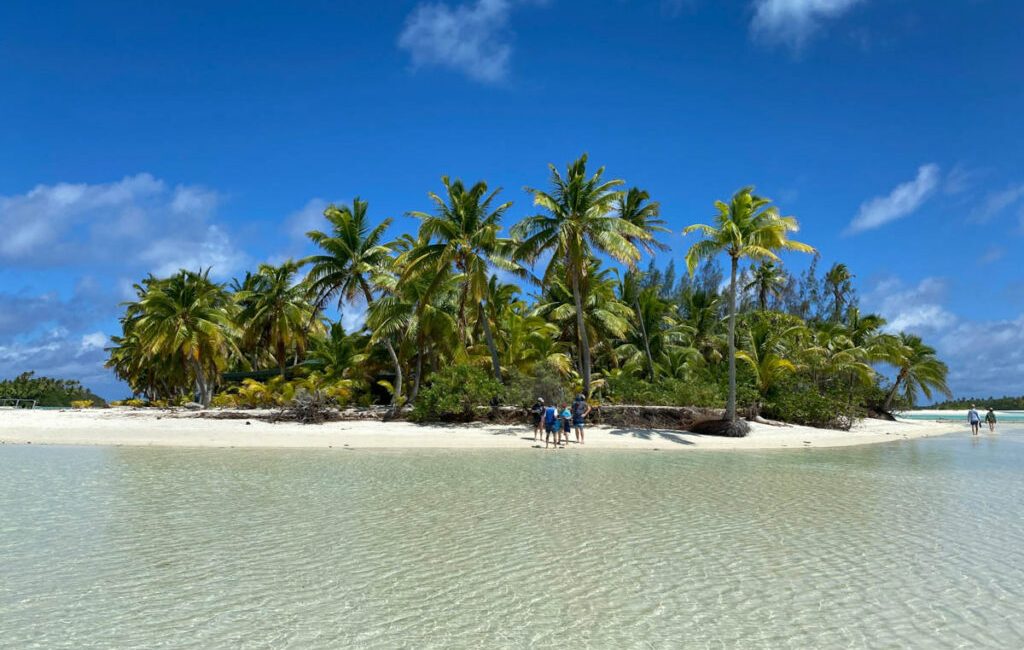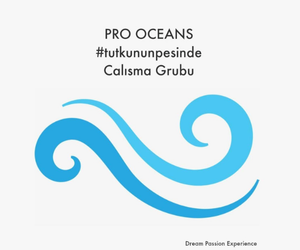If there’s a place on Earth where time slows down and the ocean takes center stage, it’s the Cook Islands. Scattered like emeralds across two million square kilometers of the Pacific Ocean, this remote Polynesian paradise remains one of the last truly unspoiled dive frontiers. With warm, clear water year-round, abundant marine life, and a cultural heartbeat as rich as its reefs, the Cook Islands promise a dive experience that feels both intimate and epic.
But what makes this small island nation—home to just 15 islands and under 20,000 residents—such a magnetic draw for scuba divers?
A Diver’s Playground, Lightly Touched by Tourism
Unlike some of its more commercial neighbors like Fiji or Tahiti, the Cook Islands remain refreshingly free from crowds. Dive boats rarely carry more than a handful of guests, and the dive sites—numbering more than 40 between the main islands—are as pristine as the day they were discovered. Visibility often stretches beyond 50 meters. The ocean here isn’t just a backdrop; it’s a living, breathing part of everyday island life.
Rarotonga, the largest island and most accessible, serves as the main hub for diving. Its volcanic slopes fall away to the sea, where the underwater terrain mirrors the island’s dramatic cliffs and ridgelines. Reef walls drop into the deep, lava tunnels twist through coral canyons, and every dive seems to unveil something new.
A short hop away is Aitutaki, a picture-perfect atoll where shallow turquoise lagoons transition into deep sapphire channels. It’s here that divers often encounter graceful eagle rays cruising over sandy plains, or curious reef sharks drifting past the coral heads.
Beneath the Surface: What Awaits You
The underwater world of the Cook Islands is wildly diverse. Bright hard corals dominate the reefs, sheltering clouds of butterflyfish, angelfish, and anthias. Turtles are a common sight—often resting on coral ledges or gliding overhead. In the deeper sections, grey reef sharks and the occasional hammerhead patrol the drop-offs, while moray eels and lionfish lurk in crevices.
During the austral winter (July to October), migrating humpback whales grace the waters, sometimes singing in the distance as you dive. If you’re lucky, you may even surface to see a breach on the horizon.
Then there are the wrecks. The most notable is the Mataora, a 45-meter former fisheries vessel deliberately sunk in 1990. Now home to a thriving artificial reef, it’s a favorite among photographers and advanced divers alike, thanks to its coral-covered hull and resident schools of trevally.
Cave systems like Dave’s Cave offer a more adventurous edge. Here, divers can weave through swim-throughs and overhangs inhabited by lobsters, crabs, and the occasional white-tip shark. And for adrenaline seekers, drift dives through the Avarua Passage deliver high-speed rides alongside barracudas, rays, and schooling jacks.
More Than Just a Dive Destination
While the underwater world is a major draw, it’s the harmony between land and sea that sets the Cook Islands apart. Islanders greet you with a warmth that feels deeply personal. Polynesian culture is proudly preserved through music, dance, and cuisine—and you’re never far from a beachfront barbeque or a traditional ‘ura (dance) performance under the stars.
Topside, Rarotonga offers jungle hikes, volcanic peaks, and hidden waterfalls, while Aitutaki’s lagoon is often called one of the most beautiful in the world. Eco-conscious resorts and family-run guesthouses offer laid-back comfort without pretense, and many work directly with dive operators to build sustainable, ocean-first tourism models.
Getting There, Getting Wet
The Cook Islands may feel like the edge of the world—but getting there is easier than you’d think. Rarotonga International Airport receives regular flights from Auckland, Sydney, and Tahiti. Once on the ground, you’re just minutes from the ocean.
Diving is offered year-round, with water temperatures hovering between 24–28°C (75–82°F). Most dive operators are PADI or SSI affiliated, offering everything from Discover Scuba courses to technical certifications. Whether you’re a new diver dipping your fins in the blue for the first time, or a seasoned explorer craving a challenge, there’s something here for you.
A Last Great Escape
In a world where many dive destinations feel overrun, the Cook Islands offer something refreshingly different: space, solitude, and authenticity. Here, nature still holds the upper hand, and each dive feels like a private conversation with the ocean. There are no queues, no crowded boats, no overworked reefs—just pure, untamed beauty waiting to be explored.
If your idea of the perfect dive trip is less about ticking boxes and more about connecting deeply—with nature, with culture, with yourself—then the Cook Islands might just be your next great adventure.
Ready to discover the Cook Islands? Dive into the full experience and start planning your escape.
Get all of the latest news, reviews and offers from the Cook Islands in at The Scuba News – News by Destination
THE SCUBA NEWS Link !
DemirHindiSG 14 Temmuz 2025-13:04




